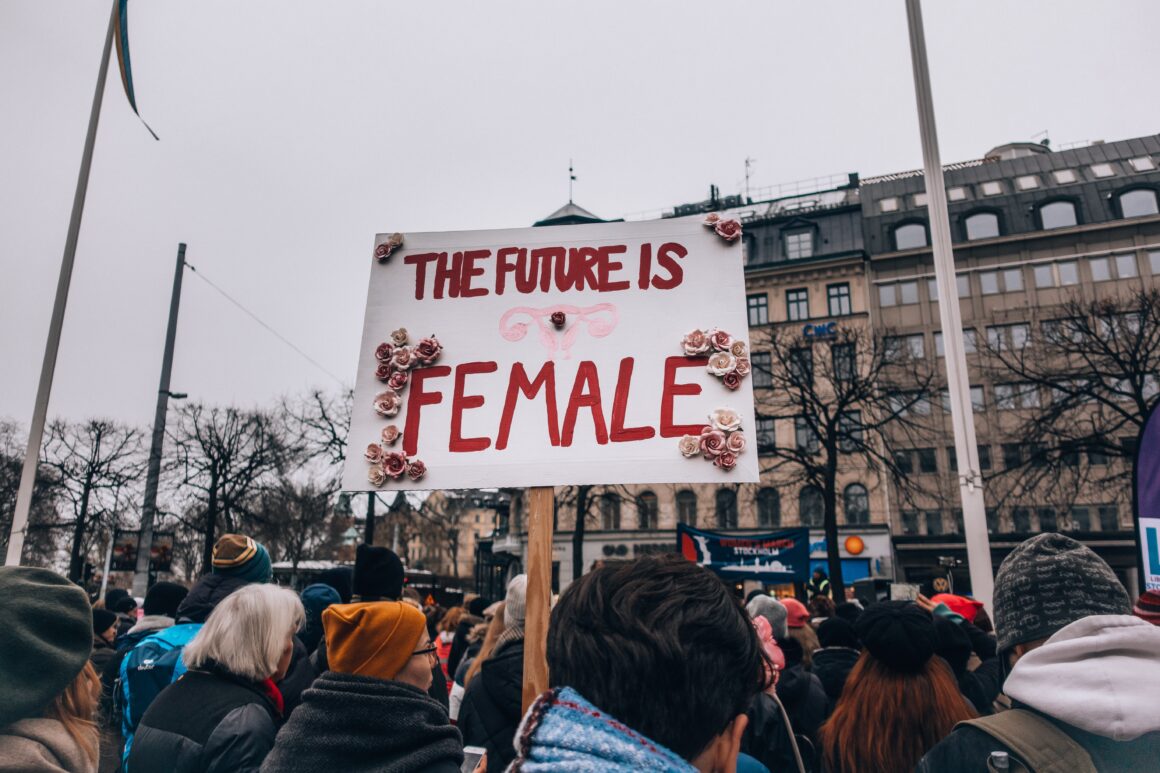I wake up every morning and have to consider what I choose to wear. I must cover my shoulders and make sure my dress reaches my fingertips.
I must be careful that the neckline of my t-shirt is not too deep and forgo the leggings. I cannot wear shorts because then my curves are too noticeable, too distracting, deemed not appropriate for the school environment.
Every morning I must go through a gauntlet of thoughts and precautions when choosing my outfit. I am self-conscious about showing my shoulders or wearing shorts that do not reach my mid-thigh because I fear it shape someone’s opinion of me.
Although you could argue that dress codes places restrictions on entire student body, they are usually drastically one-sided between not only between men and women but between female body types.
Policies such as no shoulders showing, no leggings, no tank tops or halter tops or dresses above the mid-thigh are directed at women to ensure that they do not wear anything that can be viewed as sexual or provocative.
There is nothing inherently sexual about a shoulder or a knee or legs, but the oversexualization in our society makes it acceptable to act as though they are taboo, and should not be seen in the school or work environments. Women are expected to show less skin because they are not allowed to show their shoulders, wear shorts or anything with a low cut. Since women are already oversexualized in society, our bodies are monitored even in schools.
This teaches young girls that they are to blame for an onlookers actions and perceptions of how they are. We promote the objectification and sexualization of young girls bodies. Policies are usually subjective in their severity depending on a woman’s body type. For thinner, less voluptuous girls, low cut shirts and leggings are easy to get away with, but curvier girls need to cover up much more.
The rules bend for certain body types and are much more restricted to others. How can we enforce a set of rules regarding clothing to a student body with diverse figures and heights? The dress code persecutes certain women over others, if I try to wear a shirt with a deeper cut, as a person with a bigger bust I will get dress-coded. Yet, I will see girls who have smaller chests wear the exact same type of clothing but are not reprimanded.
It’s unfair and unjust because the dress code is subjective to what body type is wearing the clothes, it’s a form of body shaming. Curvier women are made to feel that our bodies are sexual objects that need to be covered up, we are taught that our bodies are shameful. We should be more focused on educating our students rather than policing their clothing and bodies.


